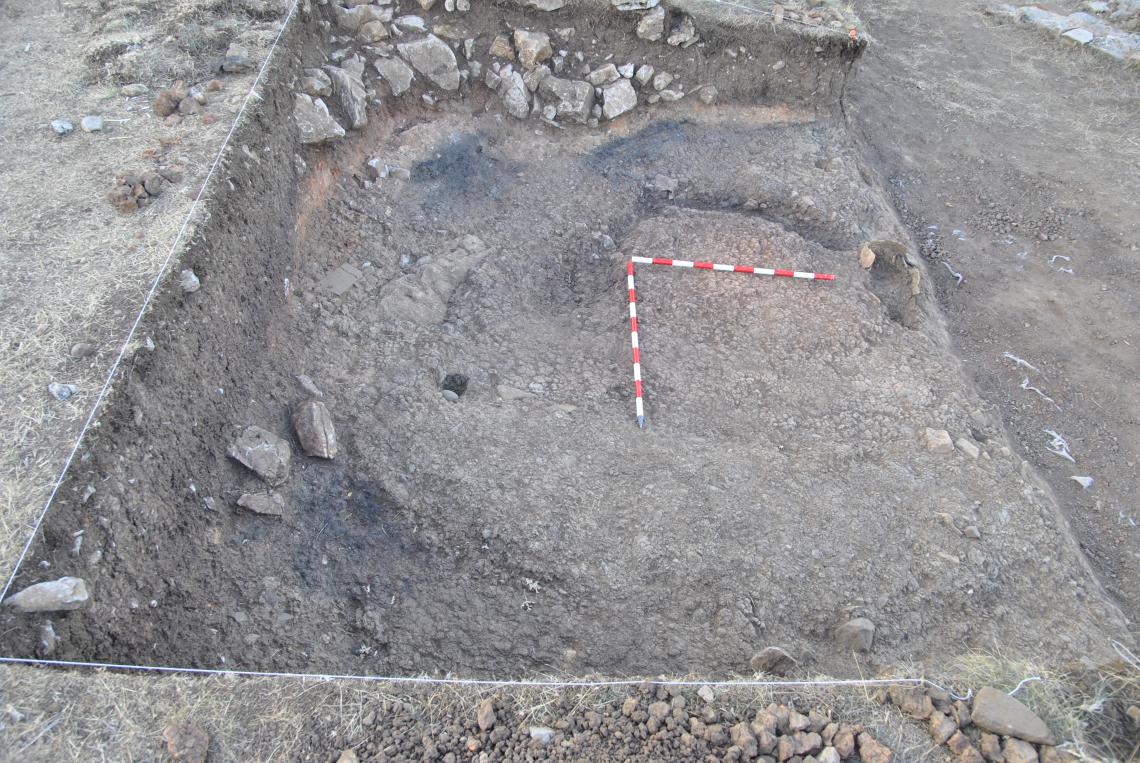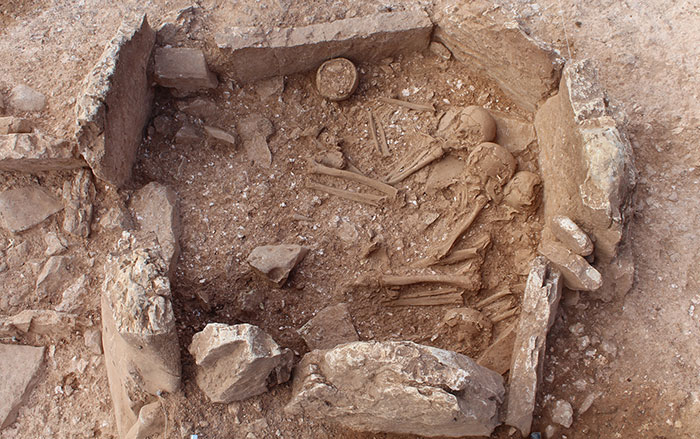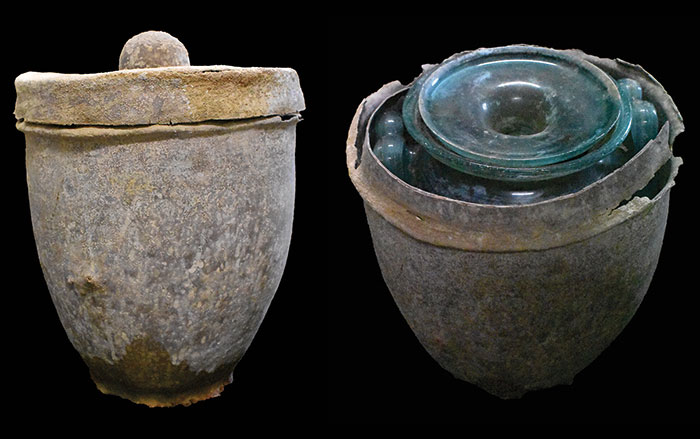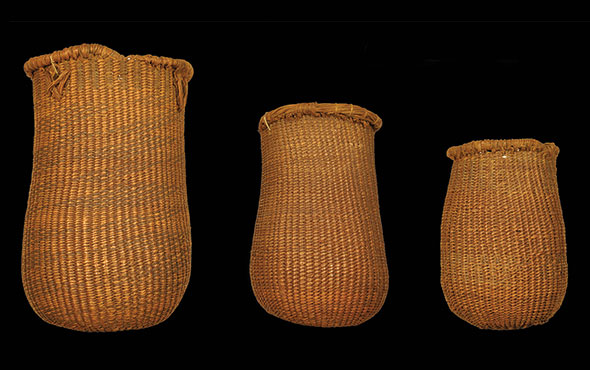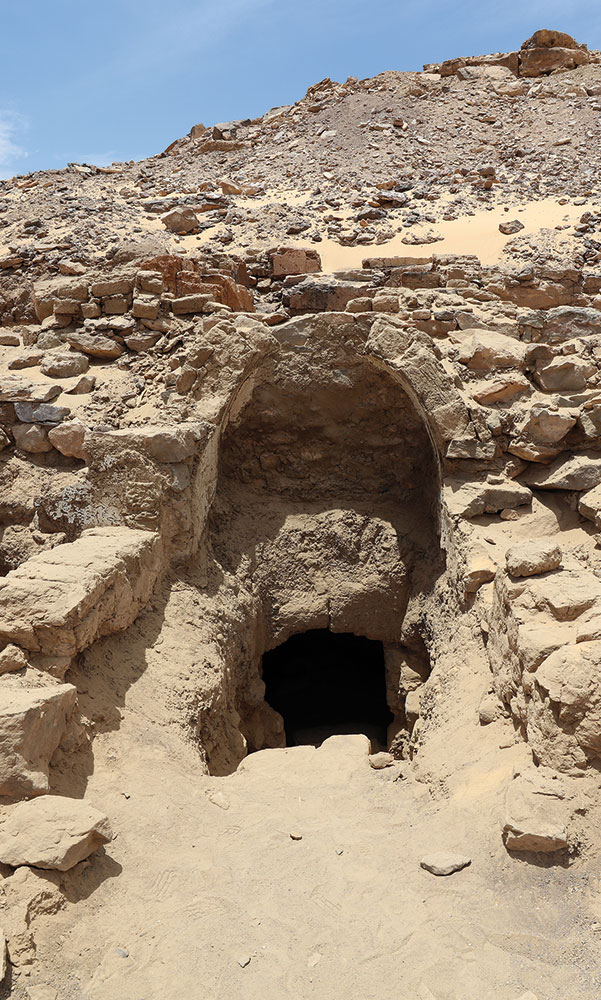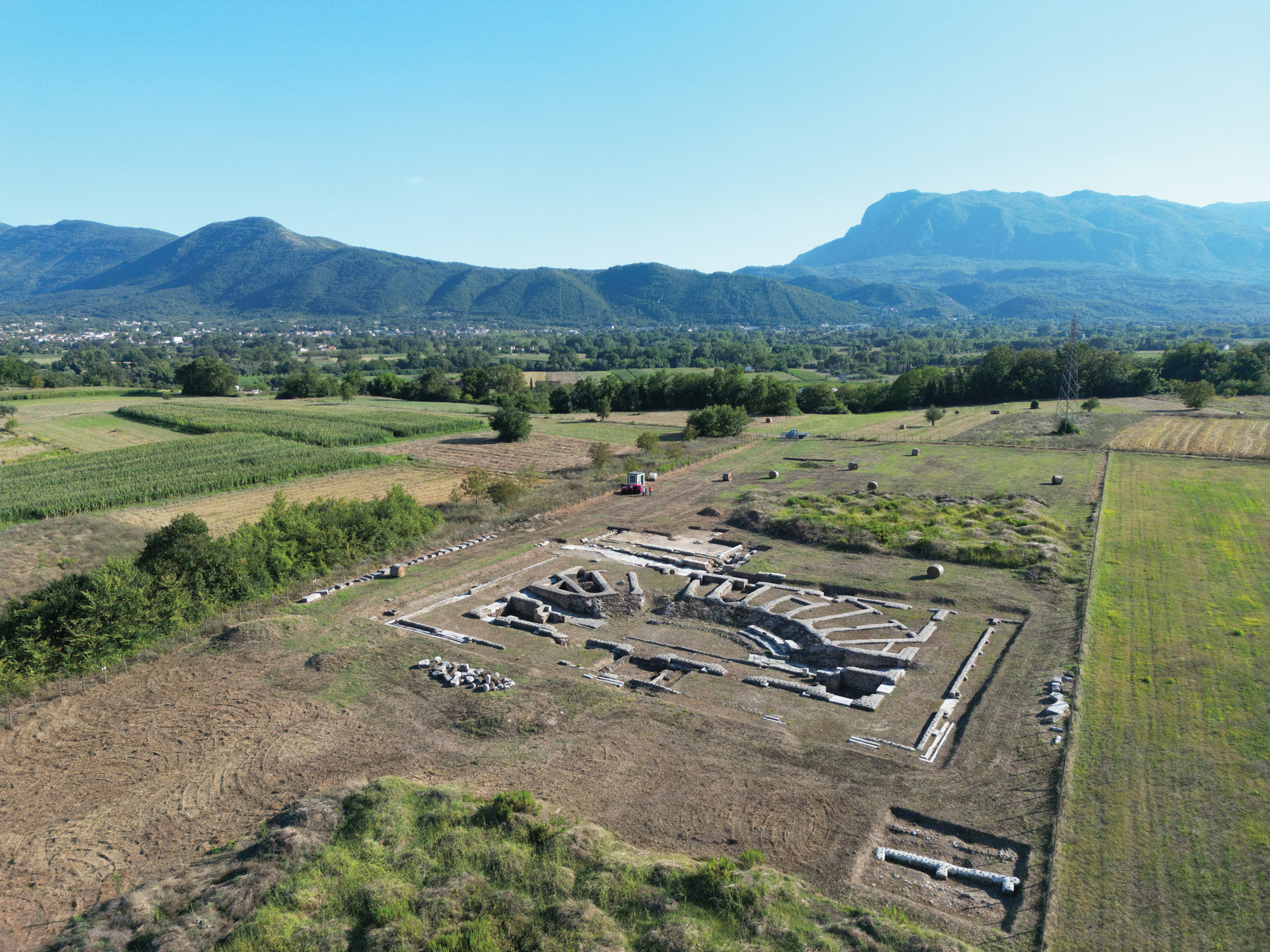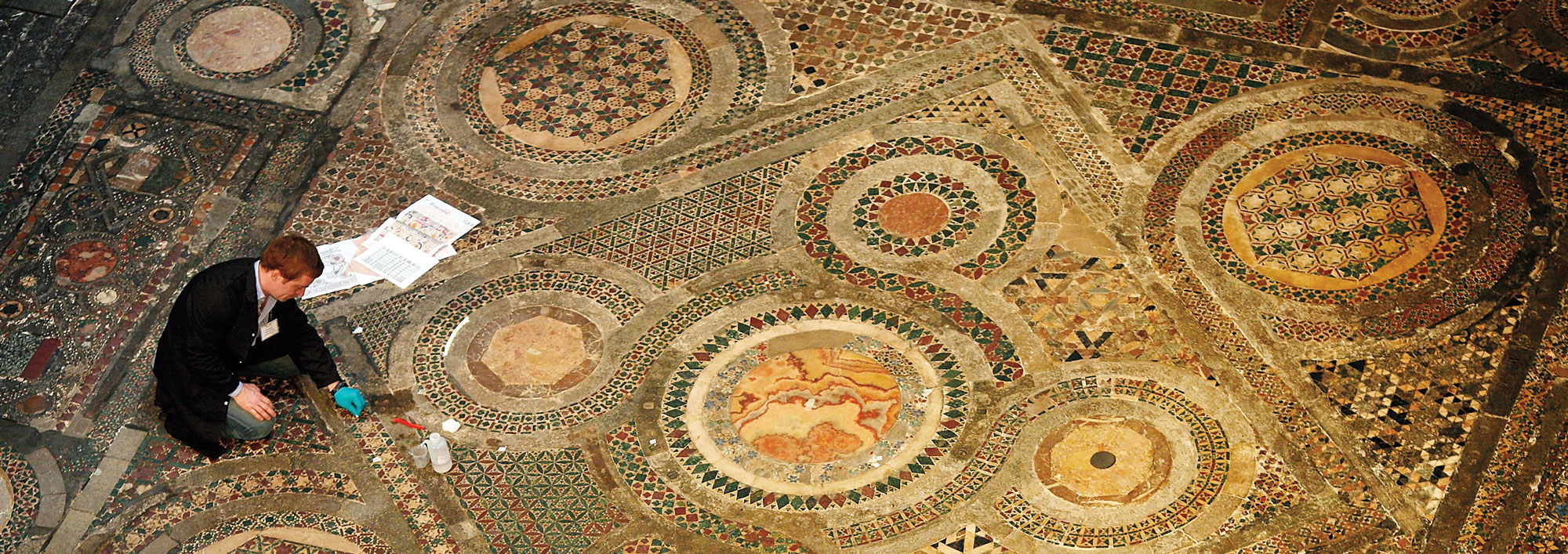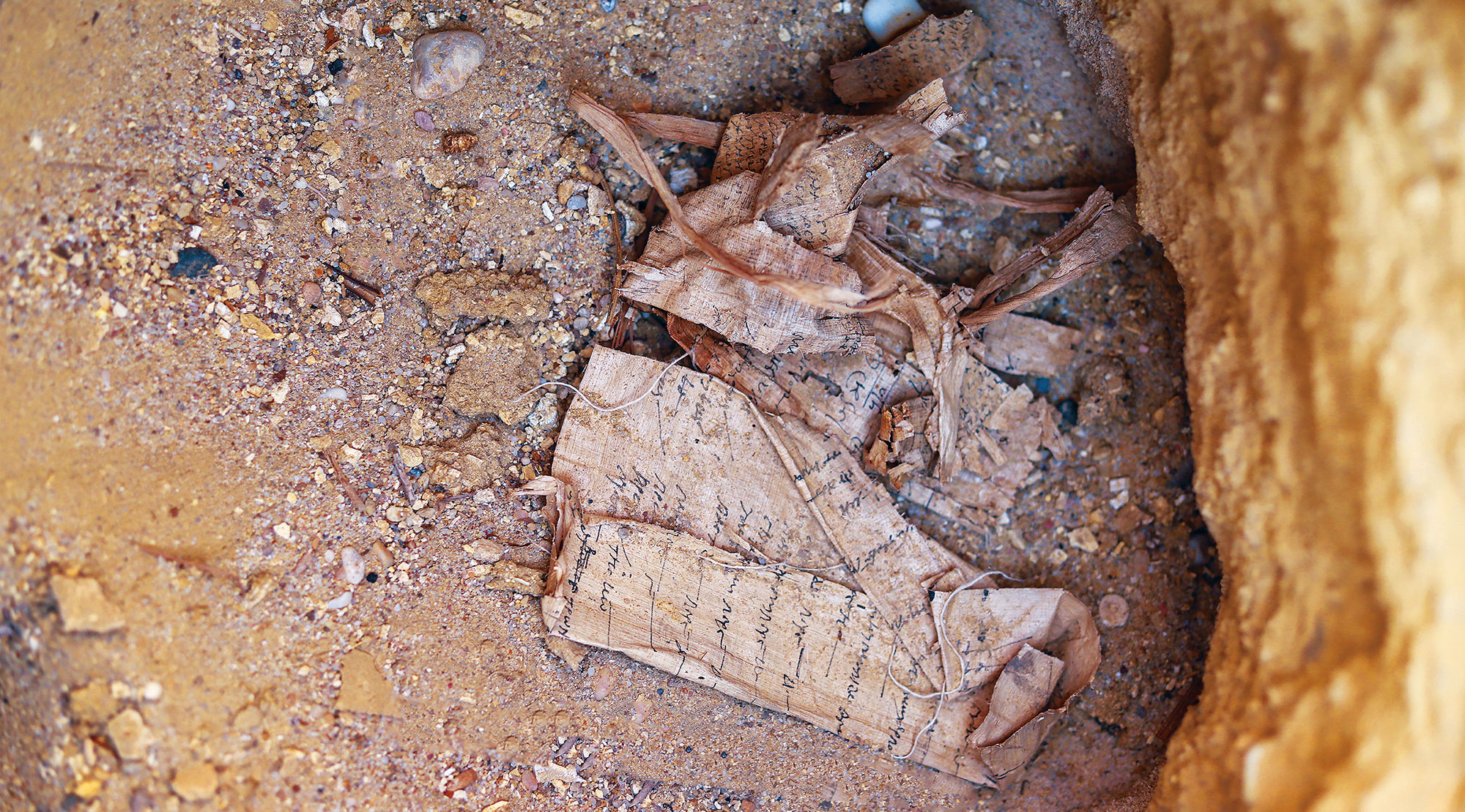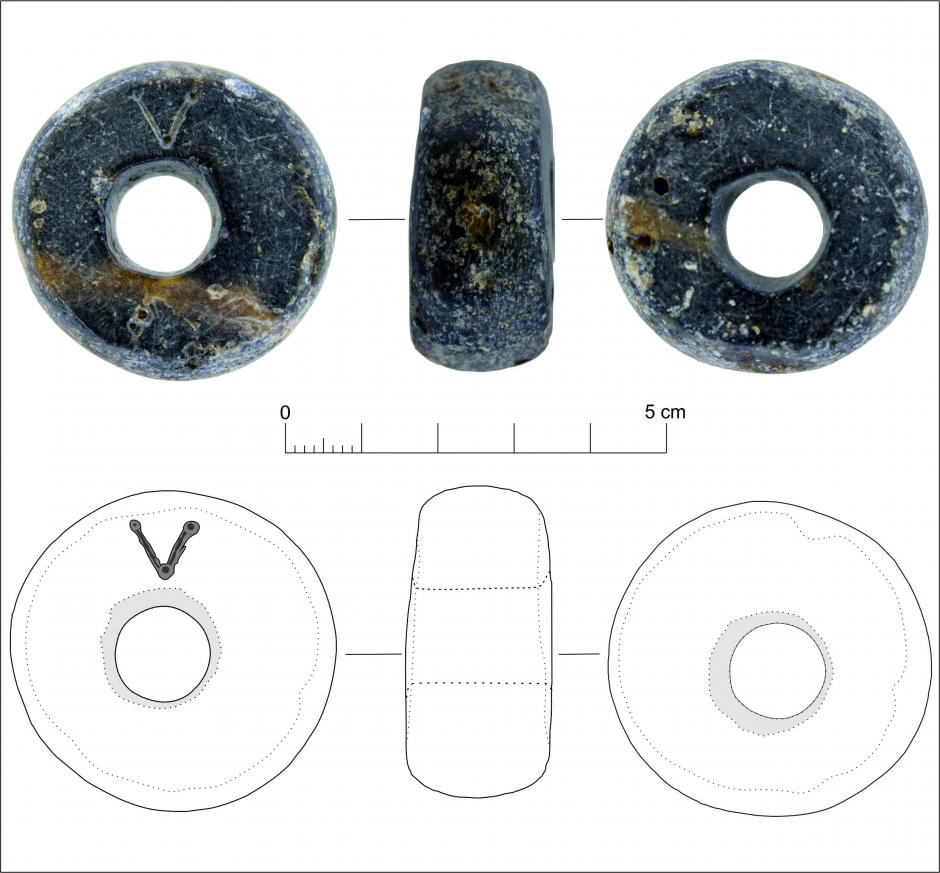
LEON, SPAIN—La Brújula Verde reports that archaeologists uncovered a small inscribed object at the Iron Age settlement of La Peña del Castro that bears evidence of one of the oldest examples of writing ever found in northern Iberia. In 2017 an ordinary spindle whorl––a counterweight used in the weaving process––was found in a storage area that contained a basket of seeds, pieces of cured beef, and several tools. It had been manufactured from locally sourced talc. However, recent analysis of the tiny object revealed that it was etched with a symbol from the Celtiberian alphabet, which may have served as some kind of property mark. It has been traditionally thought that there was an absence of alphabetic writing in northern Iberia prior to the Roman conquest of the region in the late first century b.c. This new finding suggests that at least some degree of literacy and knowledge of writing existed prior to their arrival. To read about Iberia after the Roman Empire's final collapse, go to "The Visigoths' Imperial Ambitions."


